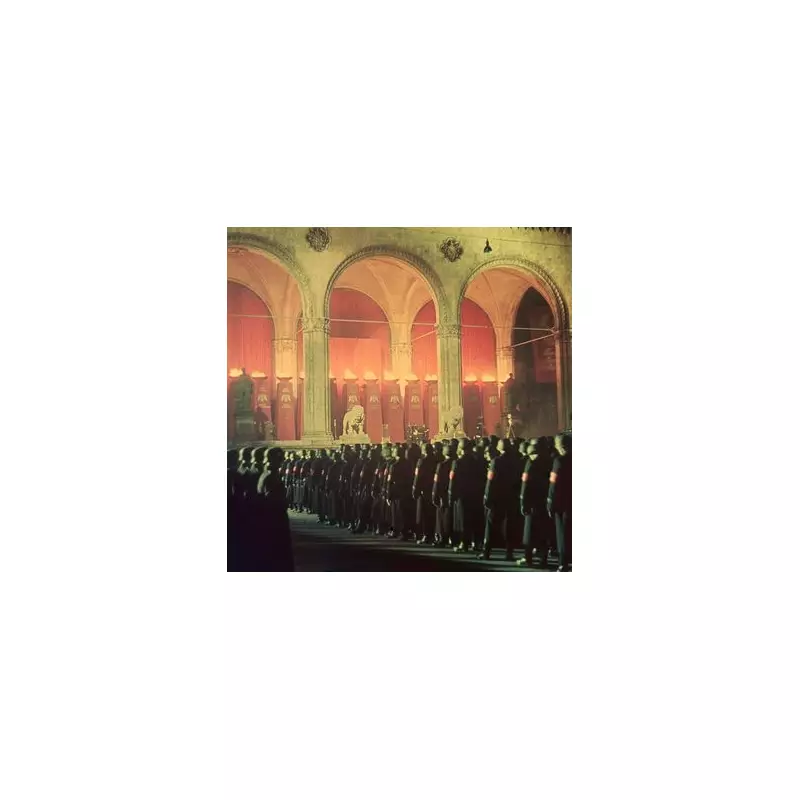
In a stunning historical breakthrough, a German SS soldier who murdered a Jewish man has been publicly identified 84 years after his crime, thanks to pioneering artificial intelligence technology.
The AI Breakthrough
Historian Dr Jürgen Matthäus employed sophisticated AI facial recognition tools to analyse one of the most infamous photographs from the Holocaust period. The chilling 1941 image shows SS troops executing innocent Jewish civilians in Eastern Europe.
The AI analysis conclusively identified the shooter as Jakobus Onnen, born in 1906 in Tichelwarf near Weener, Lower Saxony. Onnen is believed to have participated in the 1941 massacre in Berdychiv, Ukraine, before dying in combat against partisans two years later.
Dr Matthäus explained the significance of this discovery: "This is one of the most well-known images showing the crimes committed by SS soldiers. With the help of artificial intelligence, we were able to identify the shooter on the photograph."
Correcting Historical Injustice
Until this revelation, Onnen's name was engraved on Weener's war memorial among those honoured as "victims of war and violence." The identification has sparked immediate action from local authorities.
City officials announced plans to cover Onnen's name with a plaque featuring a QR code that will direct visitors to historical information at the local Holocaust remembrance centre. An explanatory display will also document his role as a perpetrator rather than a victim.
Weener's mayor, Heiko Abbas, praised the historical work as "a vital act of truth and responsibility." He added: "This cannot undo the injustice, but facing the truth is the least we can do."
National Reckoning and Future Implications
The discovery has ignited a nationwide debate in Germany about war memorials erected in the 1950s and 1960s that often honoured fallen soldiers without examining their wartime actions. Regional authorities now face pressure to review other monuments to ensure no further perpetrators are commemorated as victims.
Dr Matthäus emphasised the broader implications of this technological breakthrough: "There are numerous places in Germany where the danger exists that war memorials commemorate perpetrators alongside victims — literally carved in stone."
The historian expressed cautious optimism that similar AI-assisted methods could eventually identify even the victims in such photographs, bringing closure to more families affected by Holocaust atrocities.
Local remembrance groups including Synagogenbrand Weener and Stolpersteine Weener have welcomed the decision, describing it as helping to "correct the historical record" and properly honour the true victims of the Holocaust.





